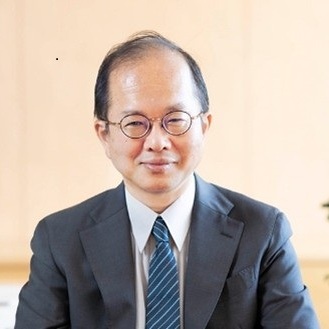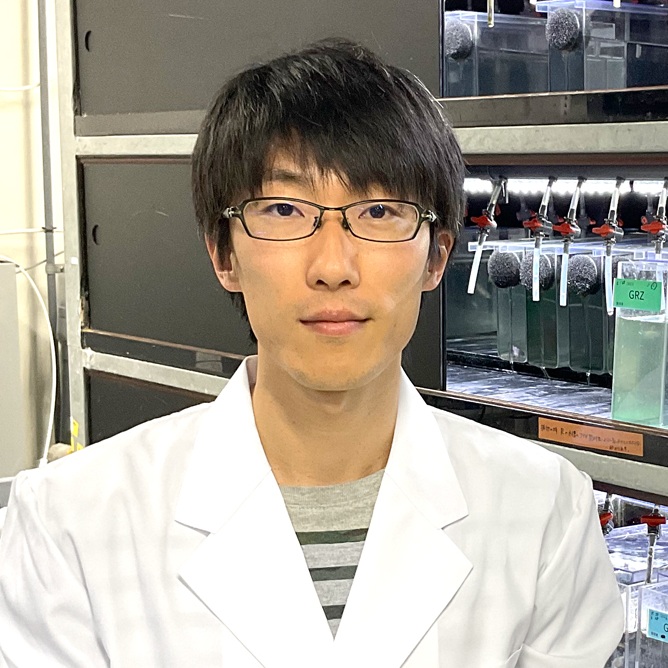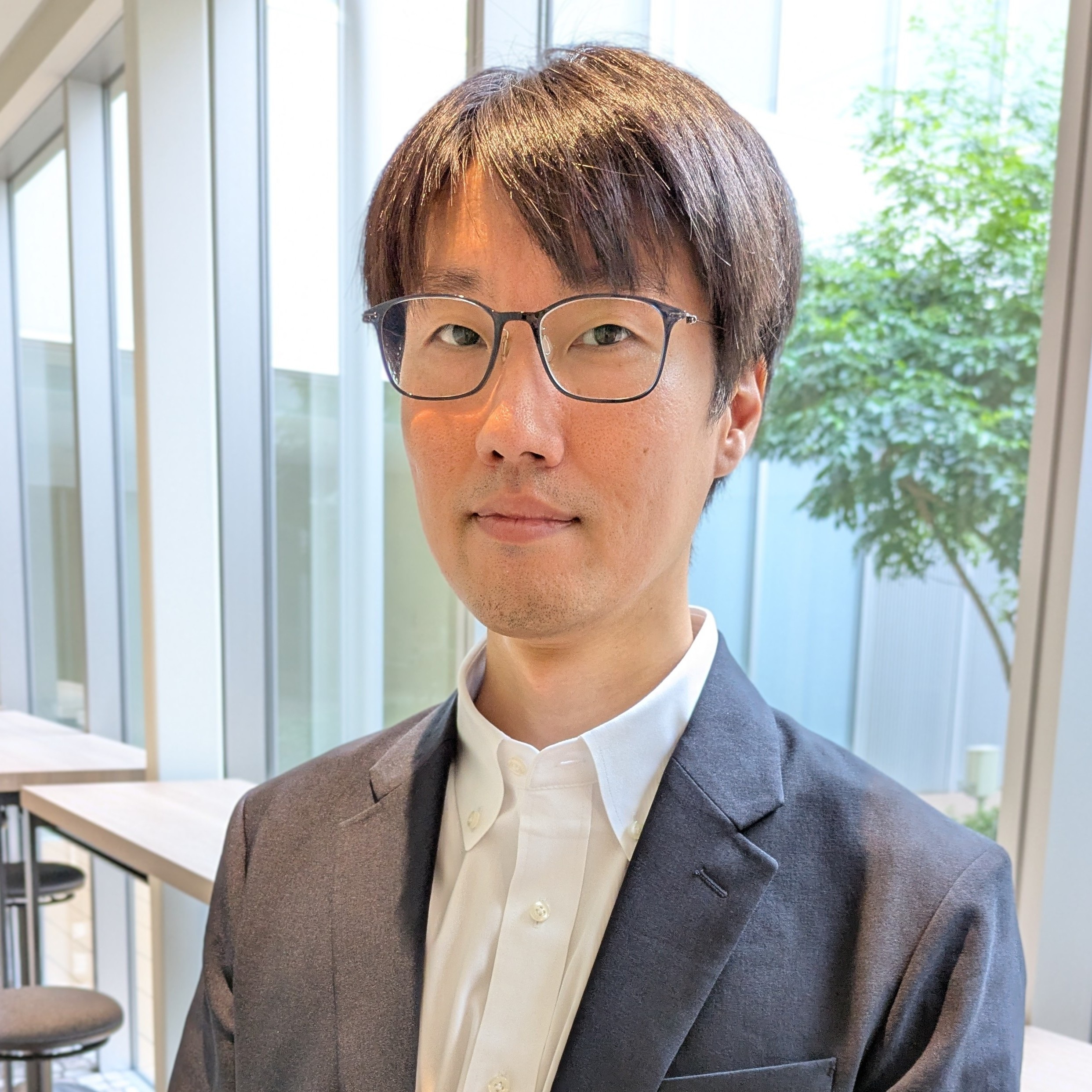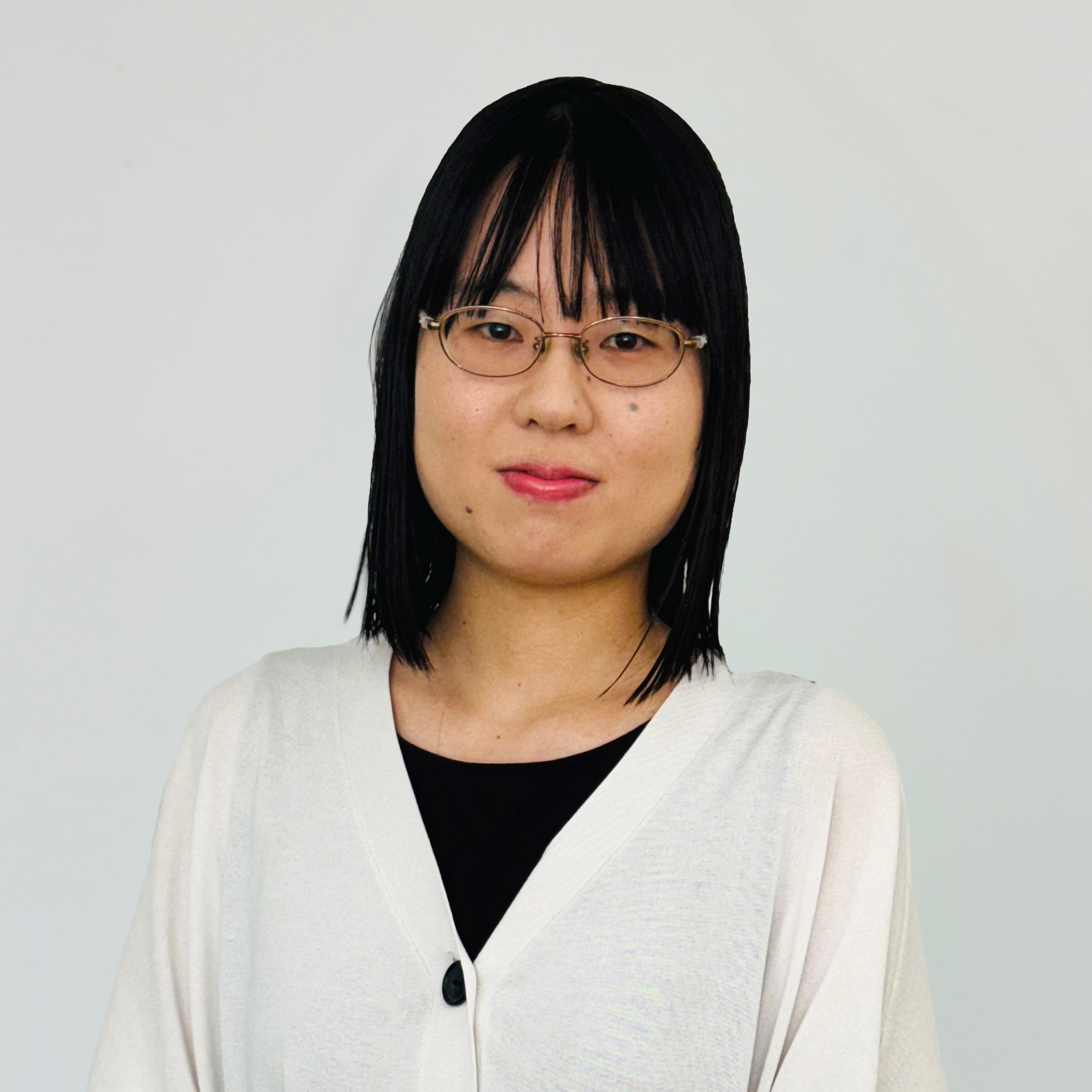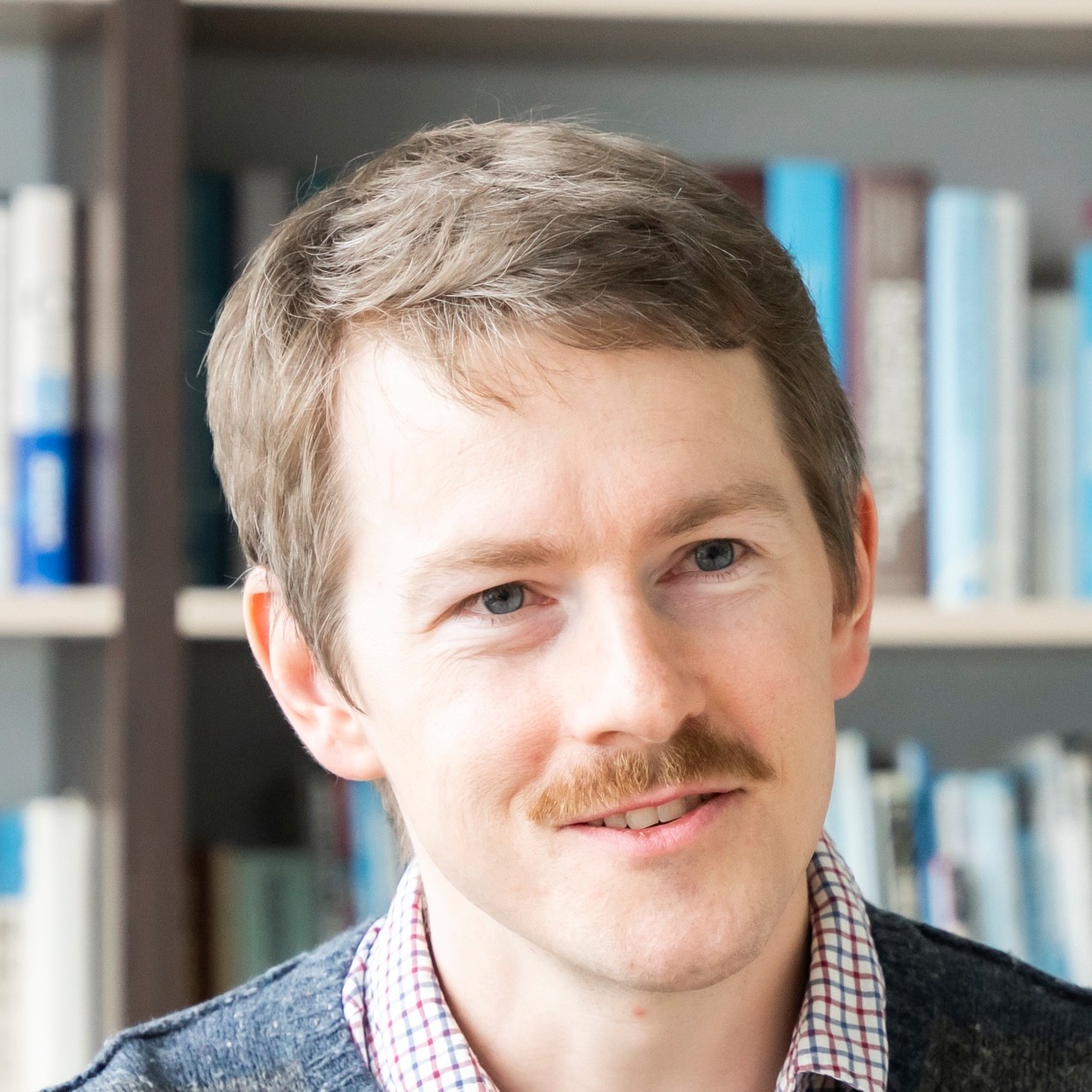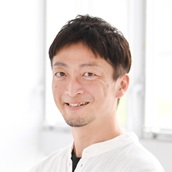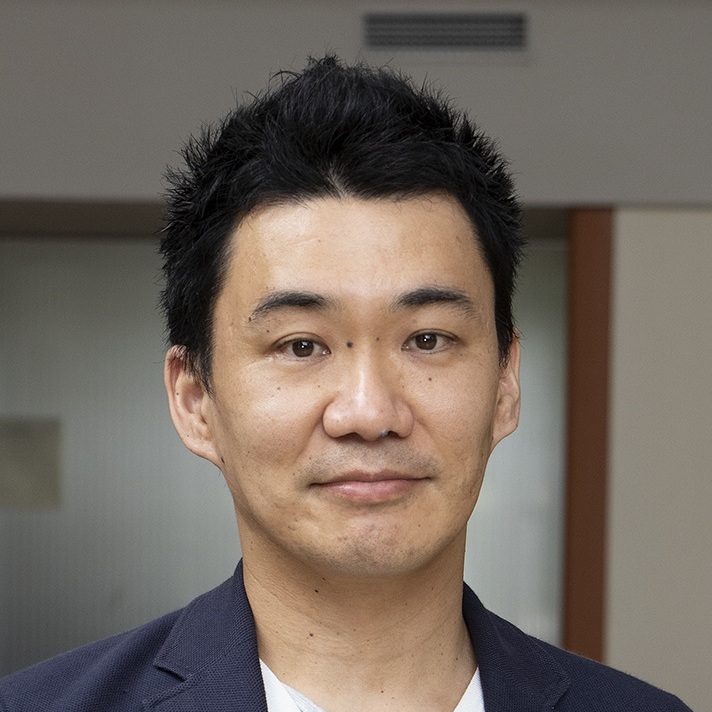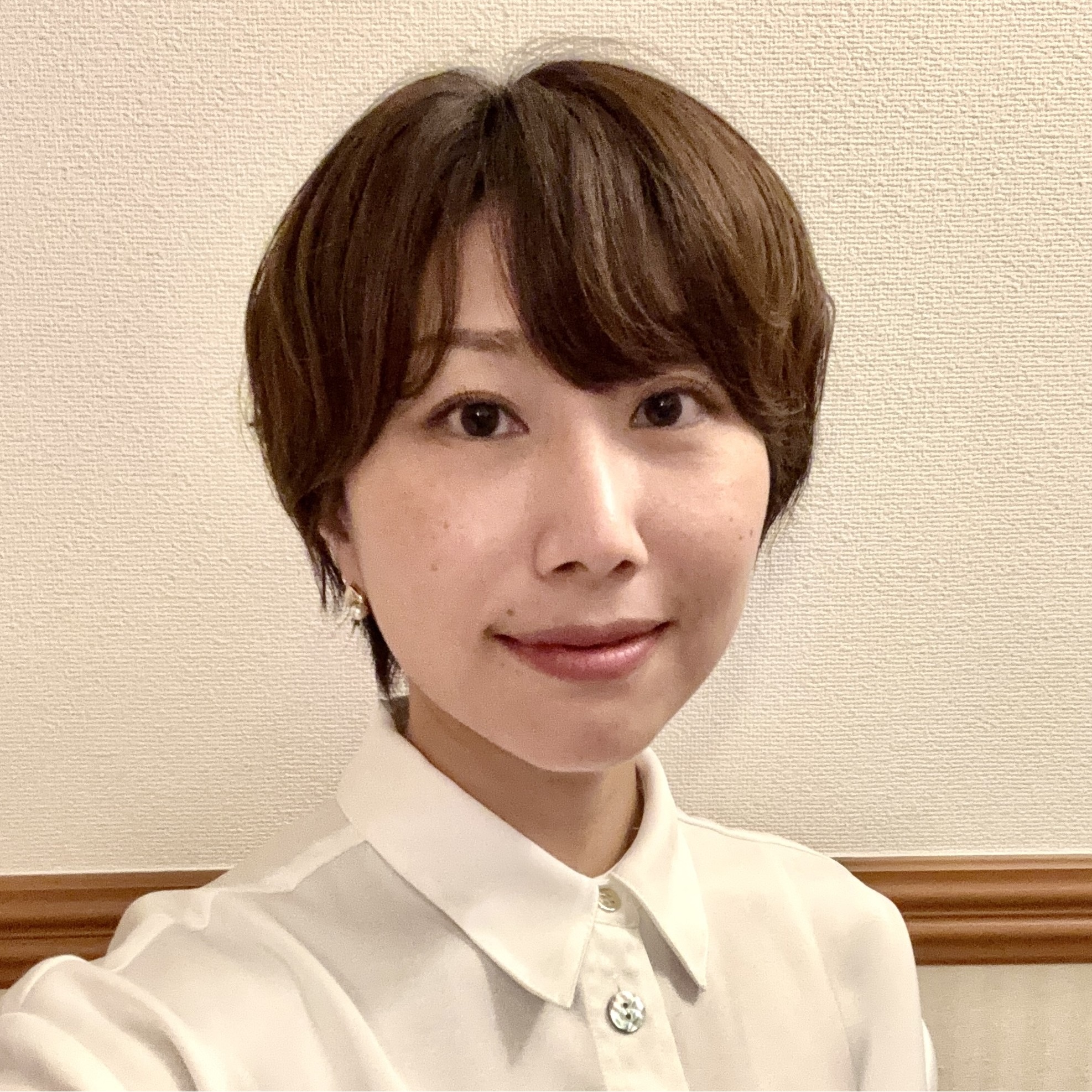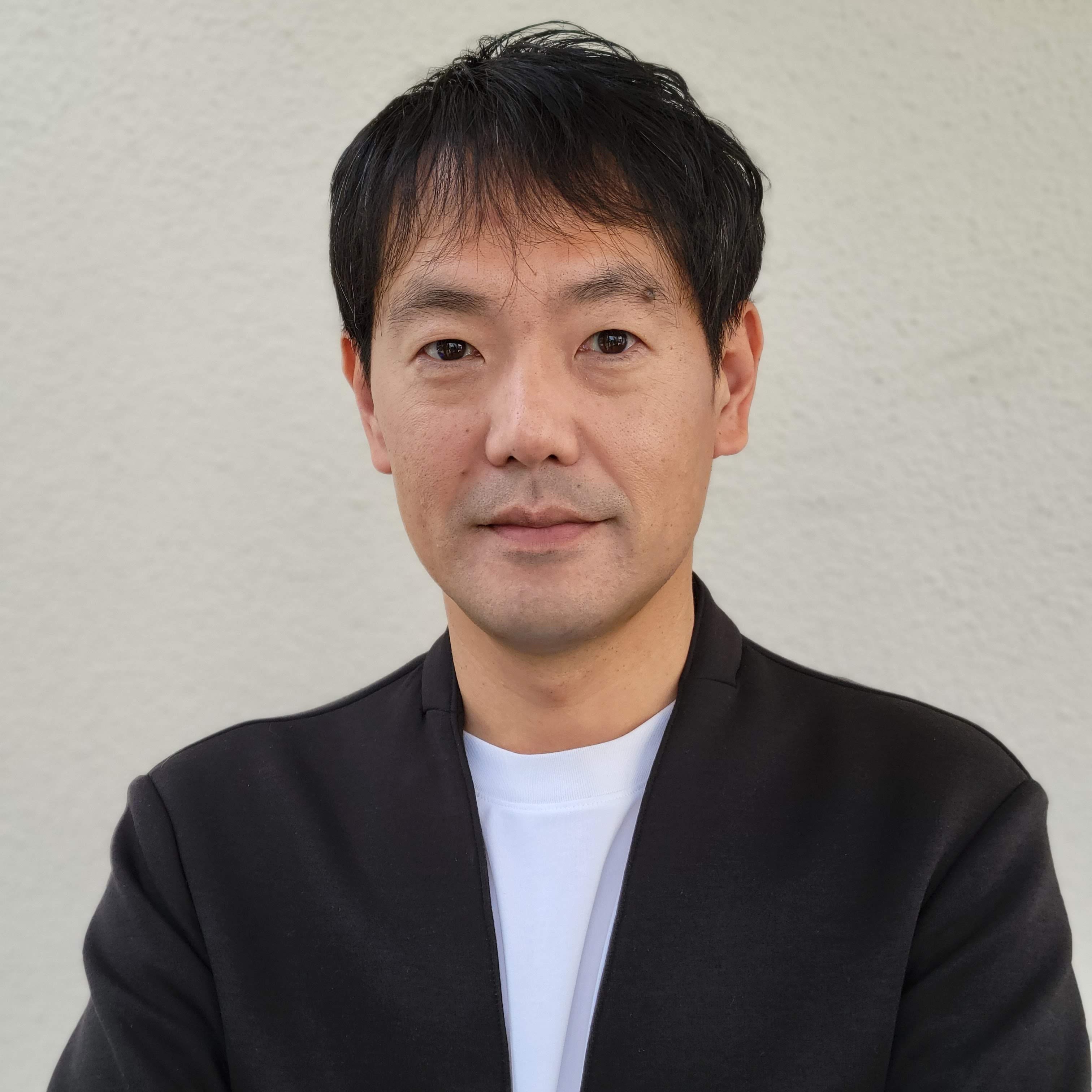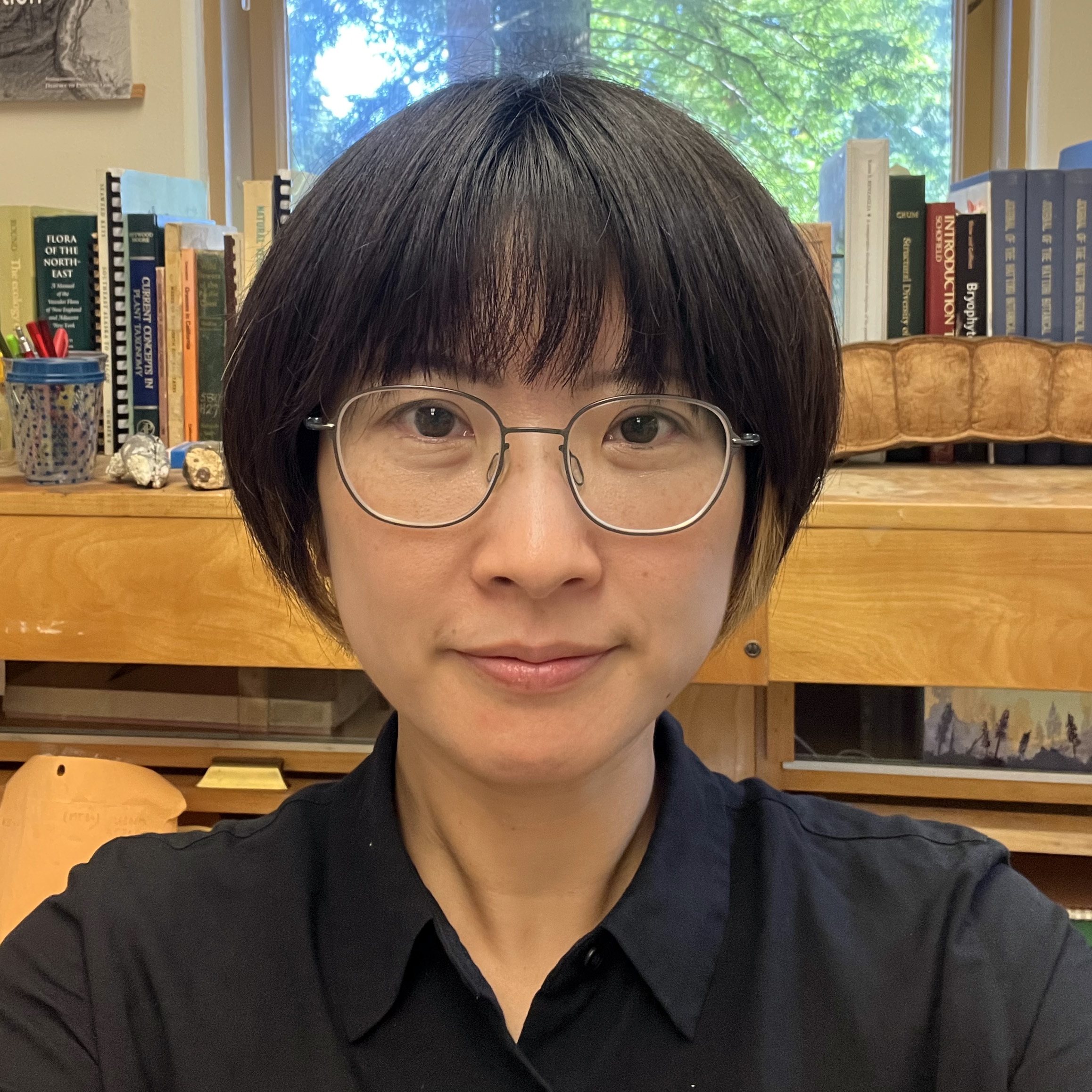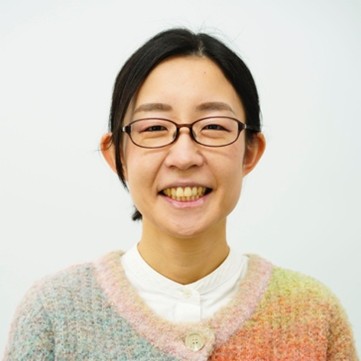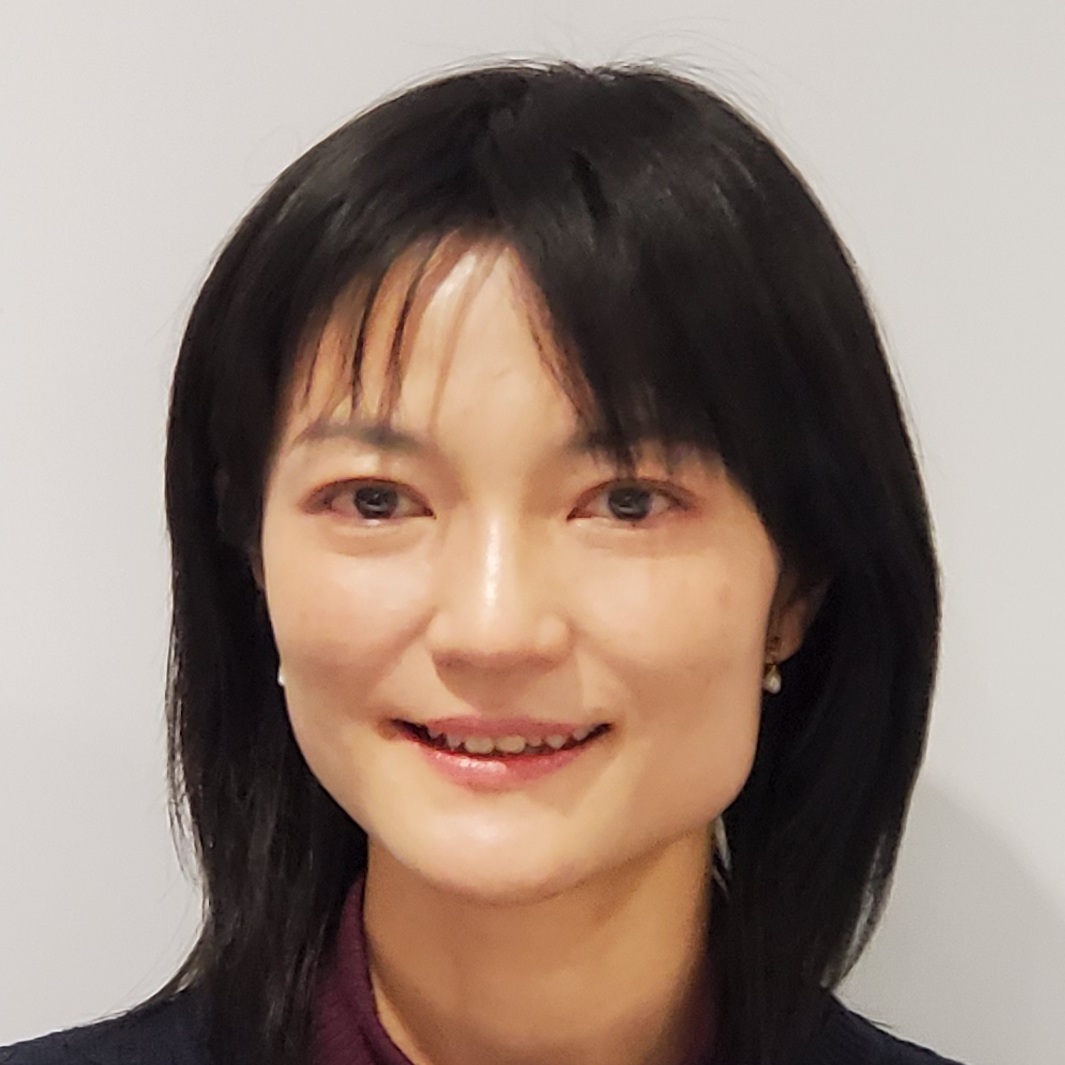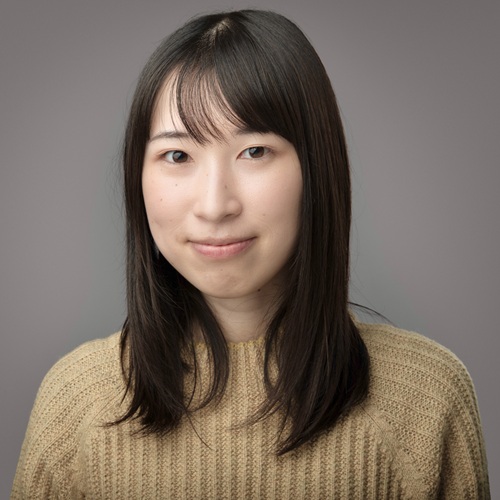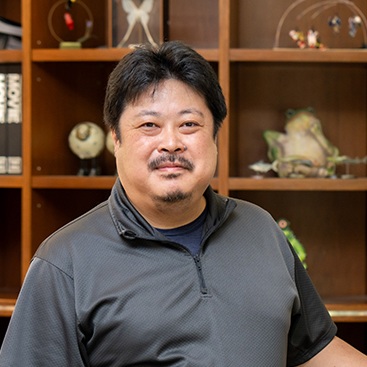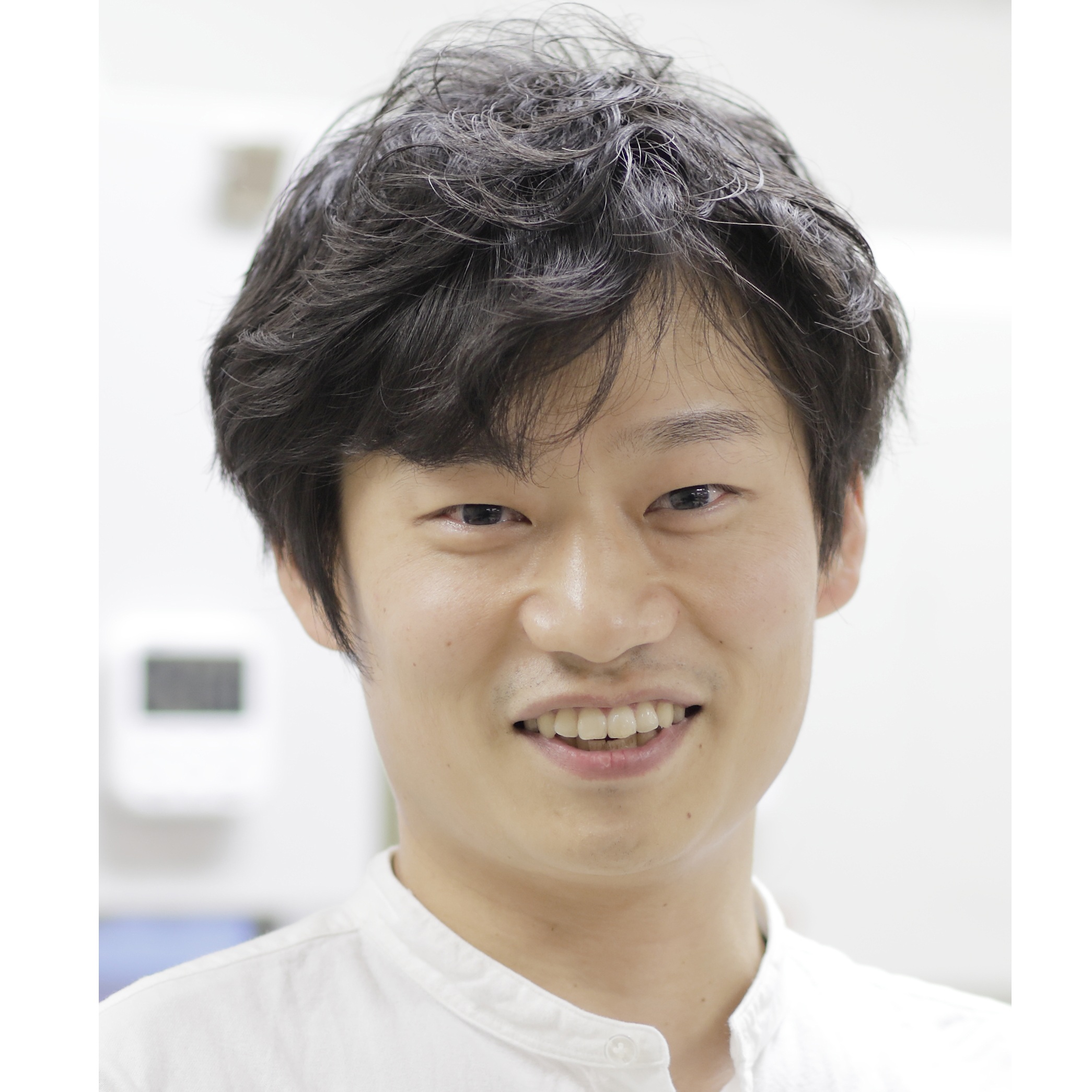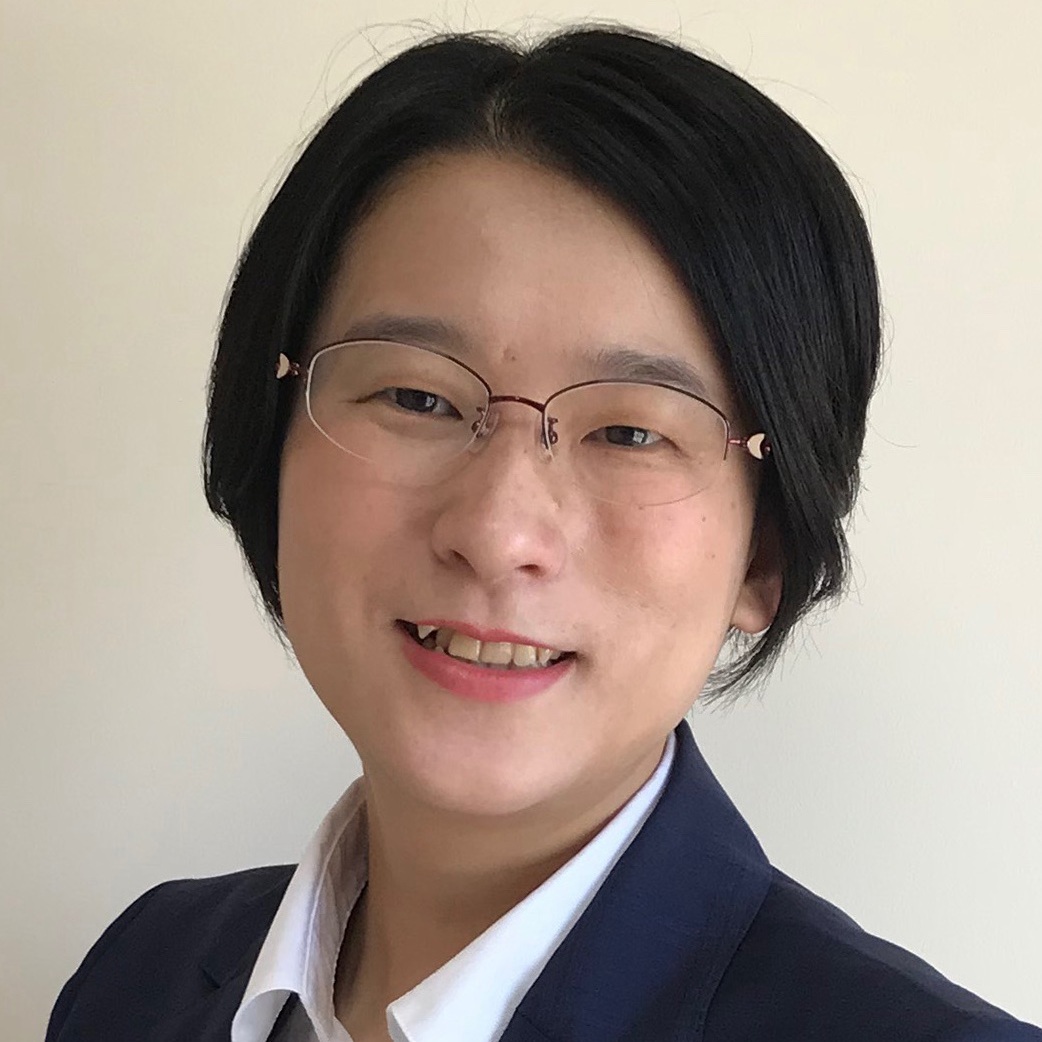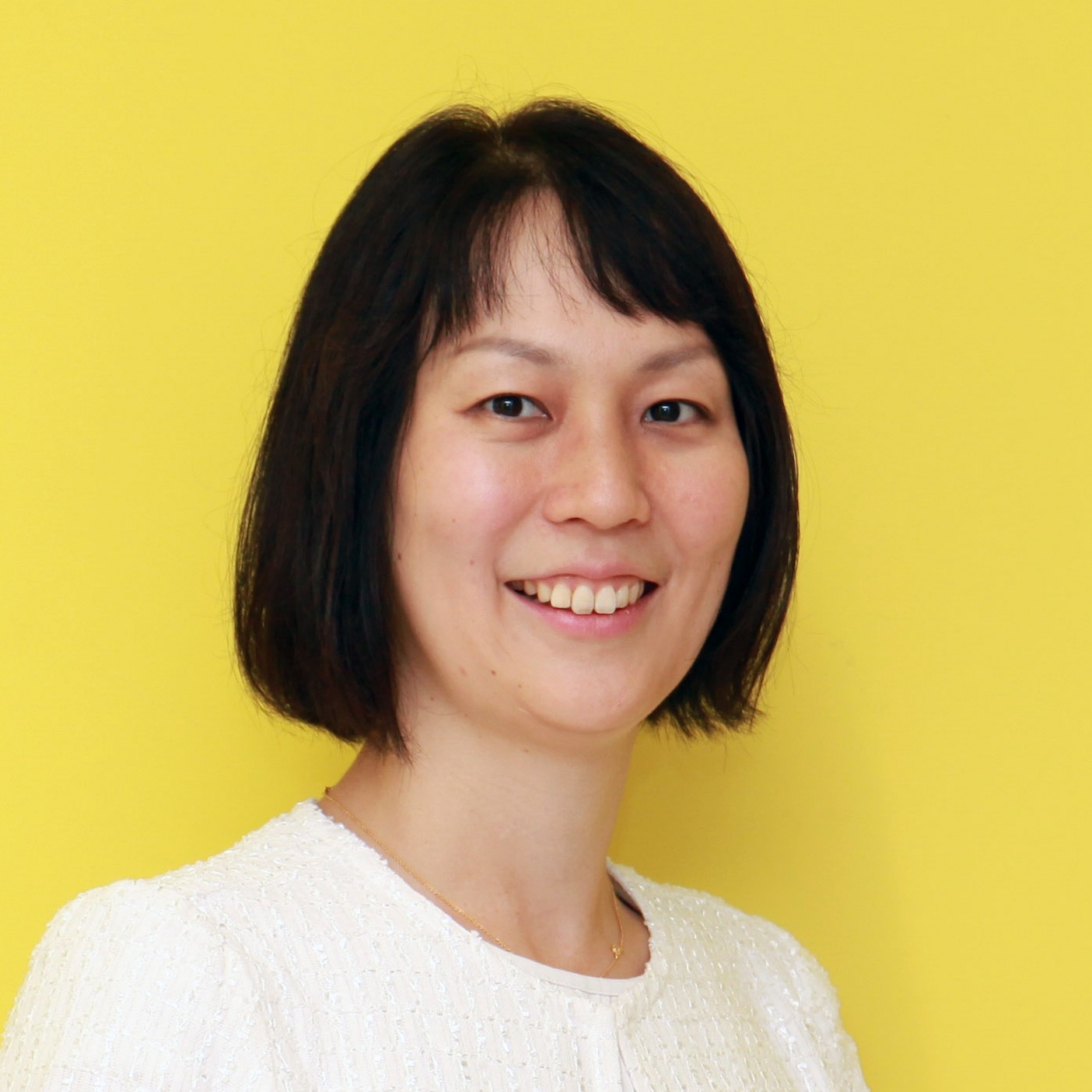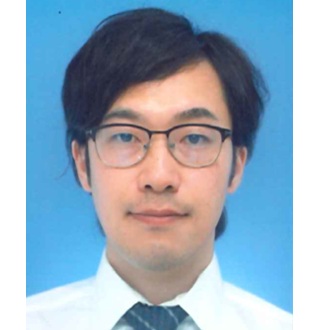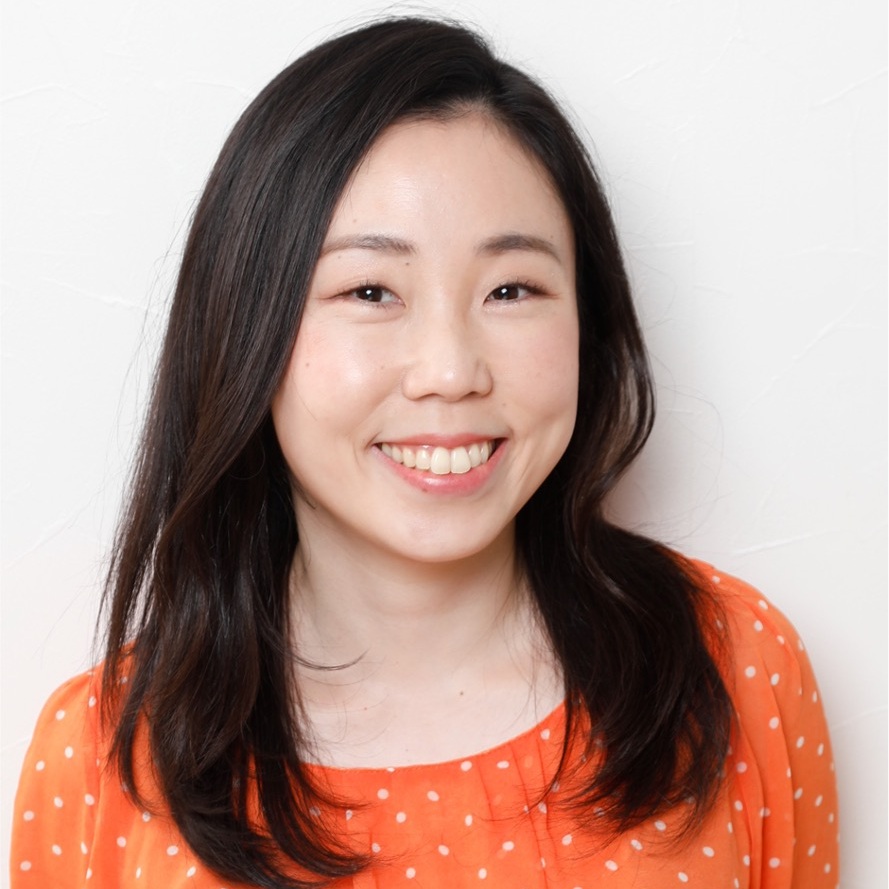|  | |
Eiji Yoshihara
The Lundquist Institute at Harbor-UCLA Medical Center/Department of Medicine, David Geffen School of Medicine at University of California, Los Angles, USA
Dr. Eiji Yoshihara is a Principal Investigator at The Lundquist Institute at Harbor-UCLA Medical Center and an Assistant Professor in the Department of Medicine at the David Geffen School of Medicine, UCLA. He received his Ph.D. from Kyoto University and conducted his postdoctoral training at the Salk Institute. His research focuses on spatiotemporal gene regulation during development and in adult physiology, with the goal of engineering stem cell-derived cell products to provide innovative solutions for both type 1 and type 2 diabetes. Dr. Yoshihara has made significant contributions to the fields of stem cell biology, islet transplantation, and immunoengineering. He has received numerous prestigious and competitive research awards in the United States, including the JDRF Career Development Award, CIRM, TRDRP, the Allen Foundation, the Beatson Foundation, and NIH R01 funding. His research integrates developmental biology, mitochondrial physiology, and transcriptional regulation to develop innovative therapeutic strategies for metabolic diseases such as diabetes. |
